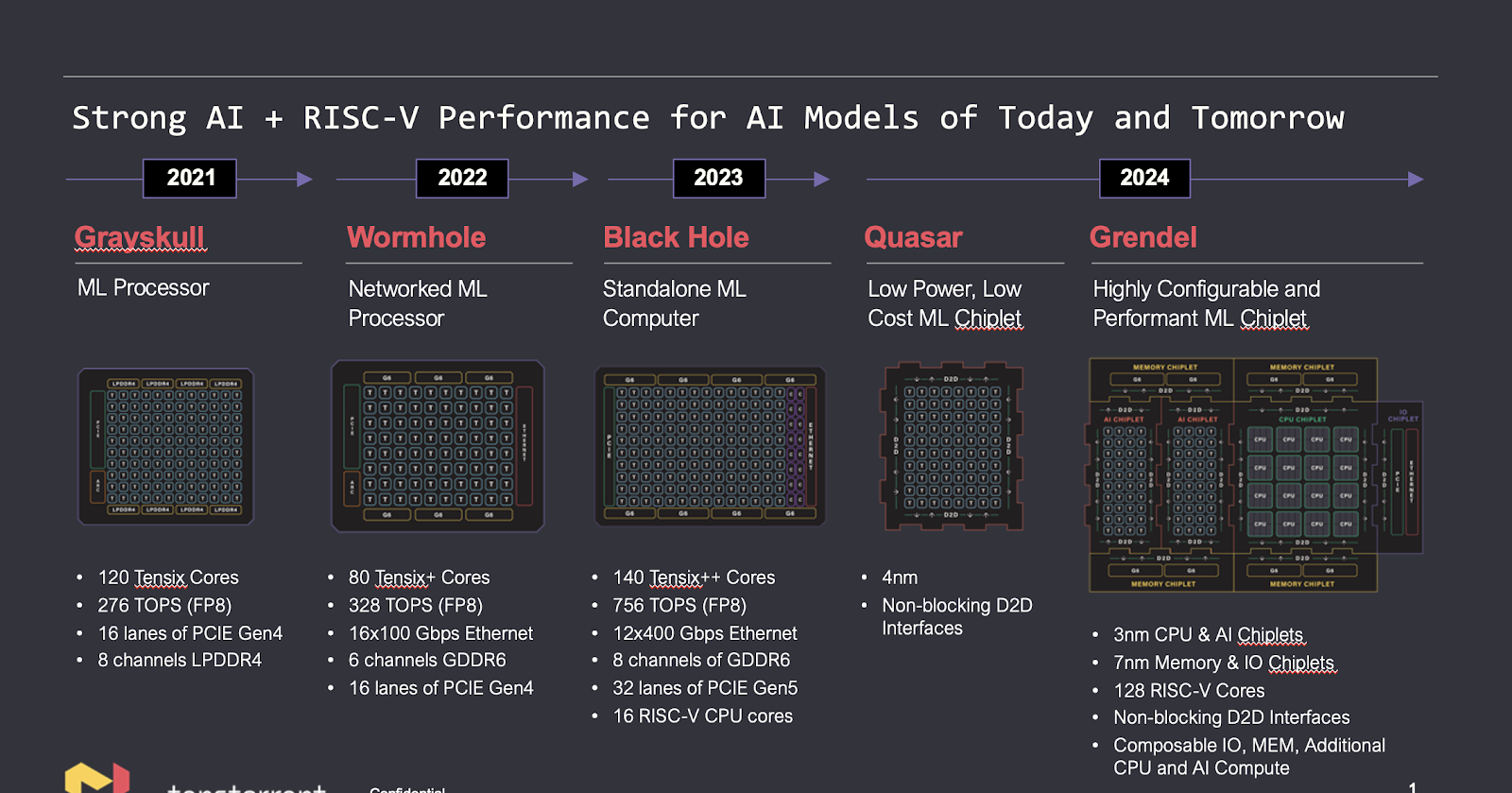
Nvidia dominates the market of AI processors controlling over 80% of sales, according to some recent estimates. But Jim Keller, a legendary designer of processors and current Chief Executive Officer of Tenstorrent, believes that there are markets not served well by Nvidia. As a result, there are opportunities for Tenstorrent and other developers of AI processors.
"There are lots of markets that are not well served by Nvidia," said Jim Keller in an interview with Nikkei.
Jim Keller has a truly distinguished computer industry history, making waves at AMD, Intel, and Tesla, and is now heading up the development of AI processors at Tenstorrent. His leadership at Tenstorrent aims to deliver affordable alternatives to Nvidia's expensive GPUs that cost $20,000 - $30,000 or more each. Tenstorrent’s business approach aims to serve markets that Nvidia does not adequately address, particularly in the edge space. According to Tenstorrent, its Galaxy systems are three times more efficient and 33% less expensive than Nvidia's DGX, which are perhaps the world's most popular AI servers.

Tenstorrent is on track to release its second-generation multipurpose AI processor by the end of the year, Nikkei reports, without disclosing the name of the processor. Based on Tenstorrent's latest roadmap from last fall, the company intends to release its Black Hole standalone AI processor and Quasar low-power low-cost chiplets for multi-chiplet AI solutions.
The company claims its upcoming processors provide performance efficiency comparable to Nvidia's AI GPUs. The touted efficiency and lower cost is partly achieved by avoiding usage of high-bandwidth memory (HBM) and using GDDR6 instead, which is a logical thing for entry-level and mainstream AI processors mostly designed for AI inference. Meanwhile, Tenstorrent says that its architecture is less memory bandwidth-hungry than competitors, which is a key reason for its higher efficiency and lower cost.
While Tenstorrent yet has to grab a significant part of the AI processor market, the company for now focuses on cost-effective yet scalable AI solutions that can address a wide range of applications currently not served properly by Nvidia. However, these markets are not going to be blue oceans as many companies will try to address them with their products in the coming quarters battling against the entrenched Nvidia. Rather than compete with Nvidia head-on, it will be much easier for new entrants to address niche markets that are indeed not directly catered for by the green team.







